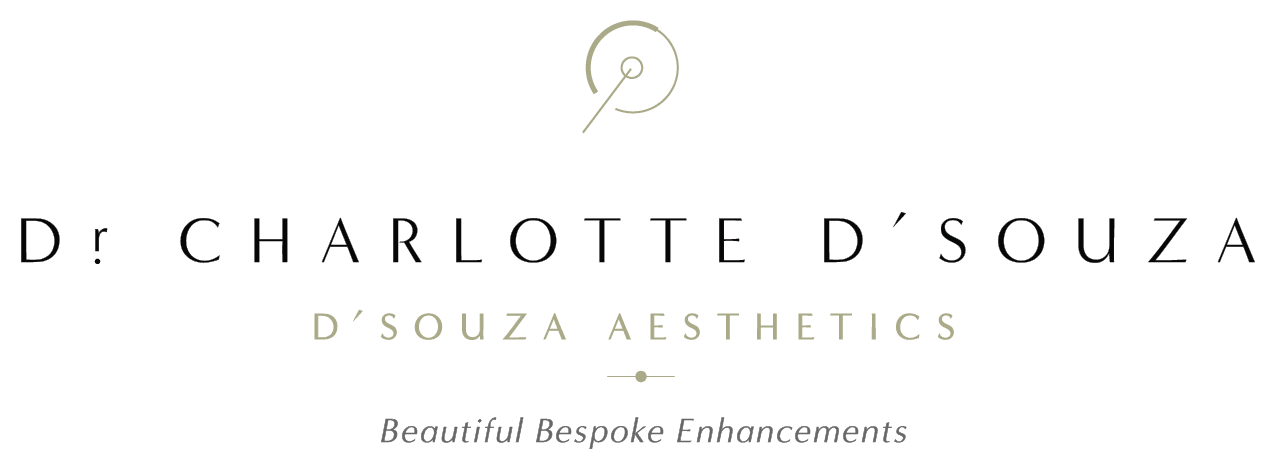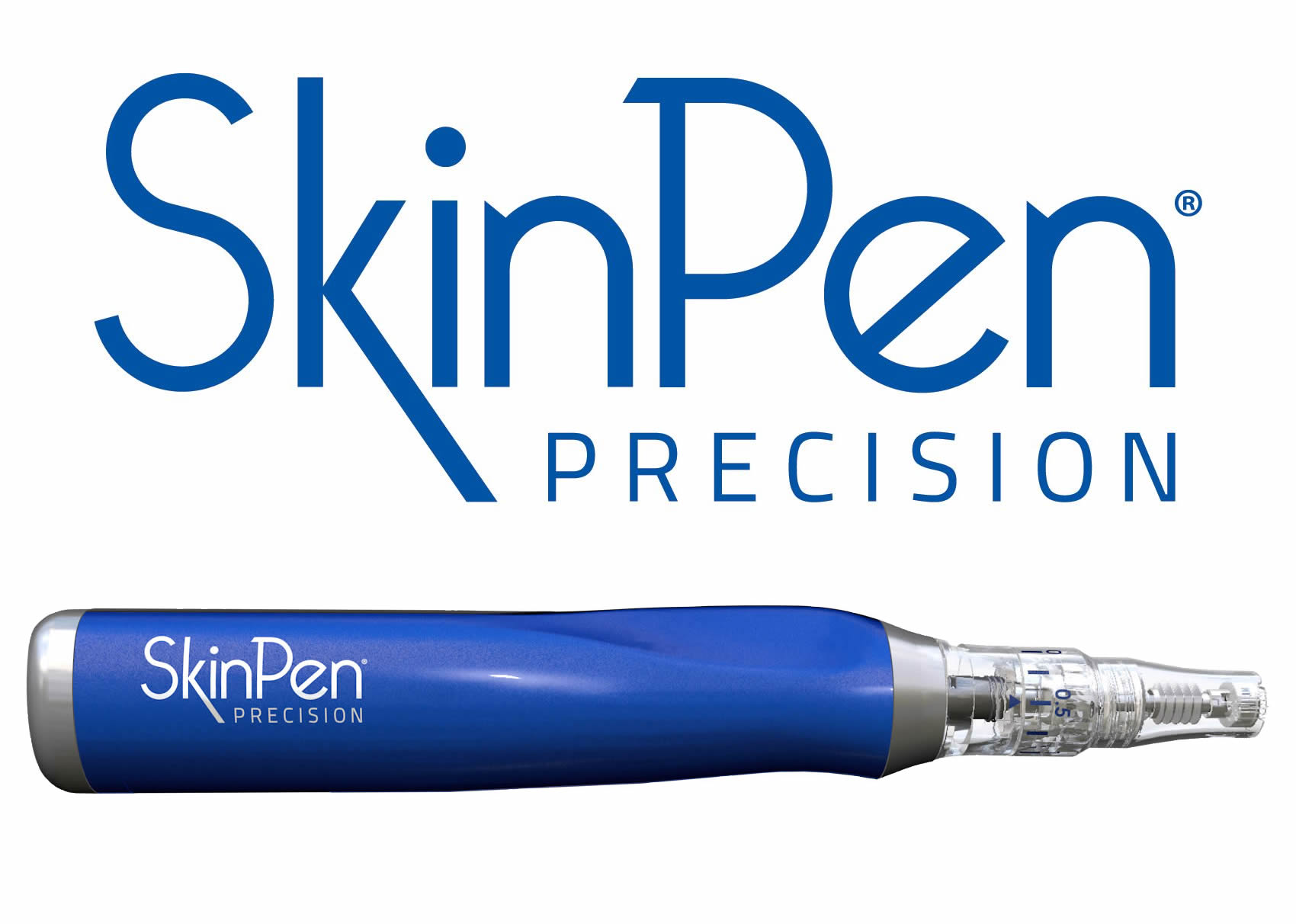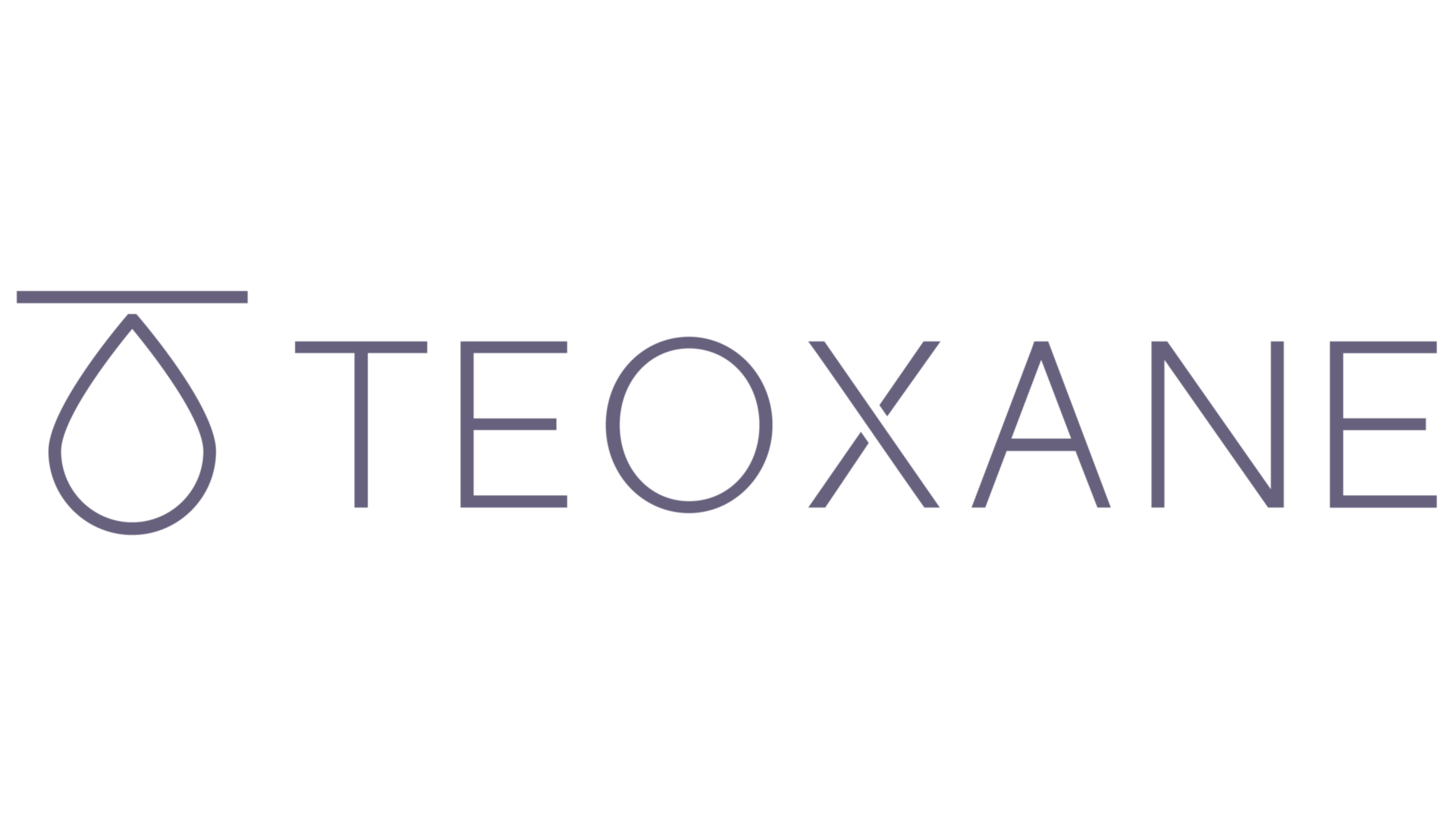Do you use sunscreen every day? You know how important it is to protect your skin against sun damage, but chances are, you are probably not using a good sunscreen unless you are on holiday by the beach or skiing. You may have a good moisturiser or even a foundation containing SPF, and you may think this is sufficient to protect your skin, however, that’s far from the reality.
Your skin should be protected all day, every day, throughout the year. Although some sun exposure is good for you, having a tan is actually a sign of skin damage and can have serious repercussions in the long run. It not only contributes to a massive 80% of visible skin ageing, but also potentially leads to skin cancer.
So, apart from SPF what else do you need to look for to protect your skin from sun damage?
Sunscreen, sun tan lotion, sun cream, UV-A, UV-B, SPF…if all these different names and acronyms leave you feeling flummoxed, fret not. I am going to make sunscreen super simple and tell you what to look for when choosing a product and how to use it to ensure you give your skin a high level of protection.
What is sunscreen?
Sunscreens help prevent your skin from potentially harmful ultraviolet (UV) radiation from the sun. UV rays can damage your skin in many different ways: from painful sun burn, to premature ageing, and most severely, skin cancer.
Sunscreens use UV filters to shield your skin from the sun, creating a layer which acts a barrier, and hence reduces the risk of getting sun damage.
What’s the difference between UV-A and UV-B?
UV-A rays are what cause your skin to tan, but also age. They do this by penetrating deep into your skin and activating melanin cells, which as a result, start producing more pigment, so your skin darkens. And although this may not sound that bad, the real danger of UV-A rays is that they damage your collagen, which affects the elastin in your skin and as a result, causes premature ageing in the form of wrinkles, brown spots, leathering, etc.
UV-B rays, by contrast, are responsible for skin reddening and sun burn. This means they are seriously dangerous as they cause damage to your cellular DNA, which can lead to skin cancer.
An easy way to remember them is to think A for ageing, and B for burning.
As exposure to UV-A and UV-B rays is equally risky, you should always use a sunscreen containing protection for both.
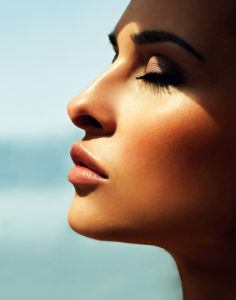
Physical vs Chemical sunscreens
Physical sunscreen, also called ‘mineral sunscreen’, contains inorganic physical UV filters that reflect, scatter and block UV rays before they penetrate the skin. The two most common ingredients are titanium dioxide and zinc oxide. They offer protection from both UVA and UVB rays, are less likely to irritate your skin and are naturally hypoallergenic, reflect heat so are a great choice if you suffer from rosacea or other skin conditions characterized by excess redness, and most are non-comedogenic, meaning they are less likely to clog your pores. On the downside, they can be quick to rub off so need reapplying regularly, can leave a white residue behind on your skin, and are often quick thick in consistency.
Chemical sunscreens contain organic active ingredients that absorb UV radiation as it contacts the skin. They kick-start a chemical reaction which transforms UV rays into heat, which is then released from the skin. Unlike physical filters, chemical UV filters often only protect against either UVA or UVB rays, not both.
Common chemical UV filters include avobenzone, octinoxate, octisalate, oxybenzone and octocrylene. They can be unstable so quickly degrade in sunlight meaning they need re-applying regularly, can affect certain hormones in your body, and increase your body’s production of free radicals after sun exposure. These ingredients can also irritate the skin, clog your pores, and irritate the eyes. However chemical sunscreen tend to be thinner to easier to apply and rub in well to your skin.
How high should the SPF be?
SPF stands for Sun Protection Factor. It is simply a way of measuring the sunscreen’s ability to protect your skin from damaging UV light. So when deciding what factor to go for, make sure you go high.
If you were to expose your skin to the sun without any sunscreen, it will take it about 15 minutes to burn and start turning red. This means that using a product with SPF-15 will slow down the time for your skin to start burning by approximately 5 hours, this is about 15 times longer than without protection. It is, therefore, recommended to always use a sunscreen SPF-30 or higher.
Another way of looking at it is,
- SPF 30 lets 1/30 UVB rays hit your skin, meaning 29/30 are blocked. That calculates to SPF 30 blocking 97% of UVB rays.
- SPF 50 lets 1/50 UVB rays hit your skin, meaning 49/50 are blocked, that calculates to SPF 50 blocking 98% of UVB rays.
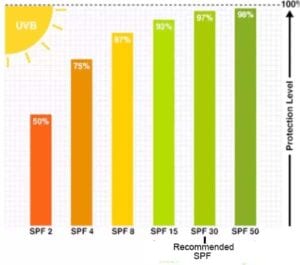
How much product do I need?
If you are planning to be out in the sun for a long period of time, even in the winter months, make sure you apply lots of sunscreen and top it up regularly.
Even if the product you are using has a label saying: ‘apply once a day’ or ‘water-resistant,’ your skin can still burn. This is because we tend to use far too little, applying less than half of the recommended amount.
My golden rule is to use one teaspoon per body part that is being exposed to sunlight, for example: one teaspoon for your face, another for each arm and each leg, etc.
To give your skin maximum protection, apply it 30 minutes before going out in the sun, so that it can be fully absorbed and more effective in filtering the UV rays. And remember, up to 85% of sunscreen can be easily removed by towel drying or any activity causing sweating, so always re-apply your sunscreen every 2-3 hours, even if the label says it can last longer.
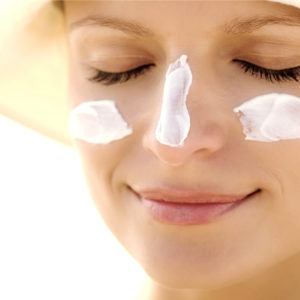
Can I reuse last year’s sunscreen?
The answer is no. Sunscreen has a shelf life as it becomes damaged and less effective if exposed to high temperatures or direct sunlight.
So at most you can keep it for 12-18 months, but if you can, try to replace it sooner. Your skin is very precious so you should always look after it and give it the best protection.
What sunscreen myths should I ignore?
1. Sunscreen can cause vitamin D deficiency. There is actually no scientific proof behind this statement. No studies have shown that wearing sunscreen causes vitamin D deficiency.
2. You don’t need to wear sunscreen when it is cloudy. Up to 40% of the sun’s UV radiation still reaches the Earth when it is cloudy. You should therefore wear sunscreen every day.
3. My skin has already been damaged, it’s too late to do anything. It is never too late to take action and protect your skin. Whilst you cannot undo any permanent damage caused by the sun, you can protect further damage occurring.
What if I notice changes in my skin after sun exposure?
In the event you observe any moles that look different to other moles, or begin to change shape or colour, or if a mole becomes itchy, painful or start to bleed, get yourself checked immediately by your GP.
And always consult your doctor about any worrying skin changes, however small they may seem.
A good sunscreen is your skin’s best friend, keeping it sun safe, all day, every day. So investing in a high-quality product is not just wise but essential. I personally love the Obagi range, which not only provides daily protection from the sun but prevents signs of ageing and preserves skin health overall.
A cheaper alternative that doesn’t have the same anti-ageing properties but offers good sun protection is Le Roche Posey Anthelios.
If you’d like to find out more about Obagi’s sunscreens, get in touch or clink on the link https://www.dsouzaaesthetics.com/obagi-skin-care-and-peels/

